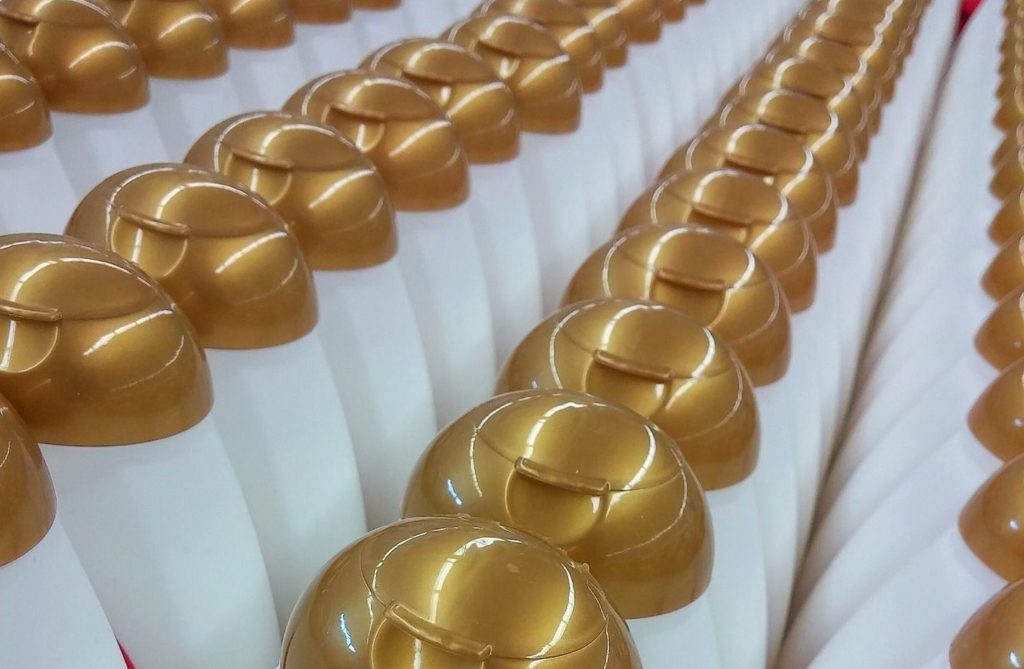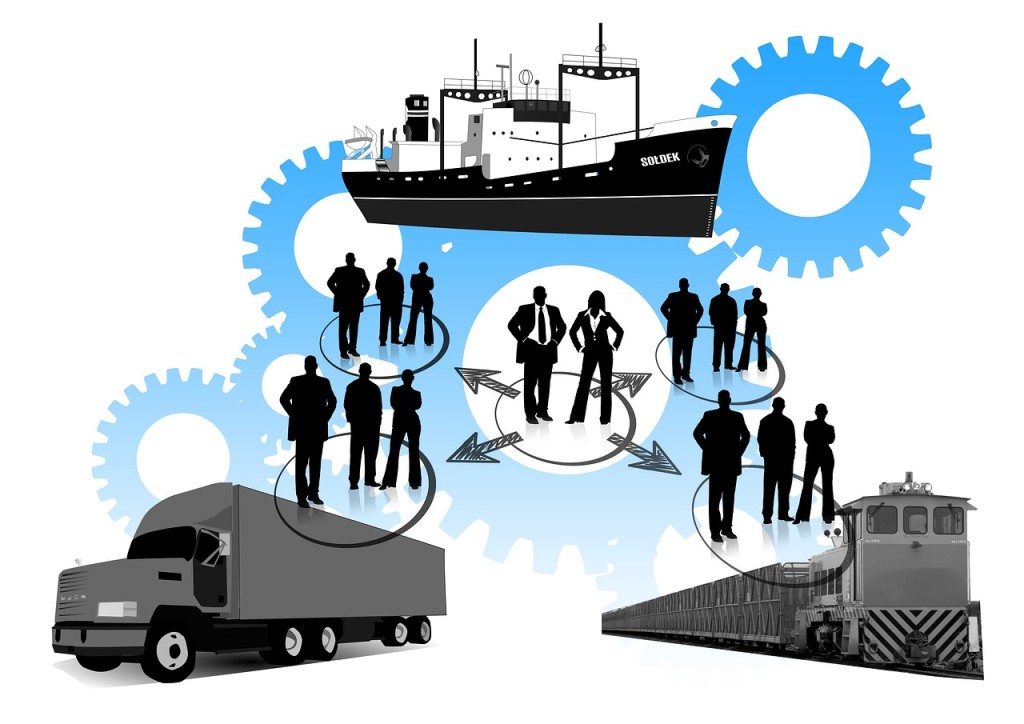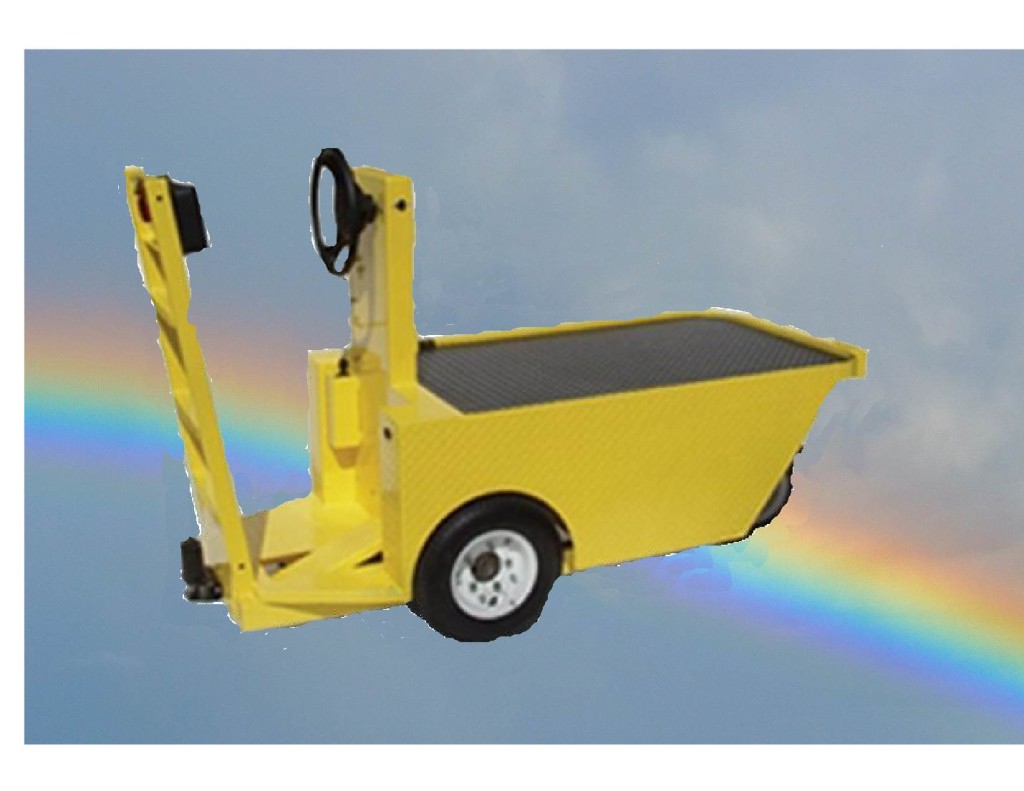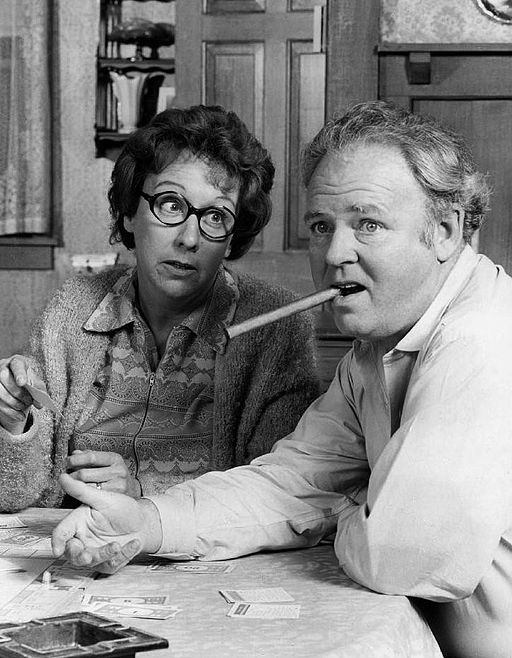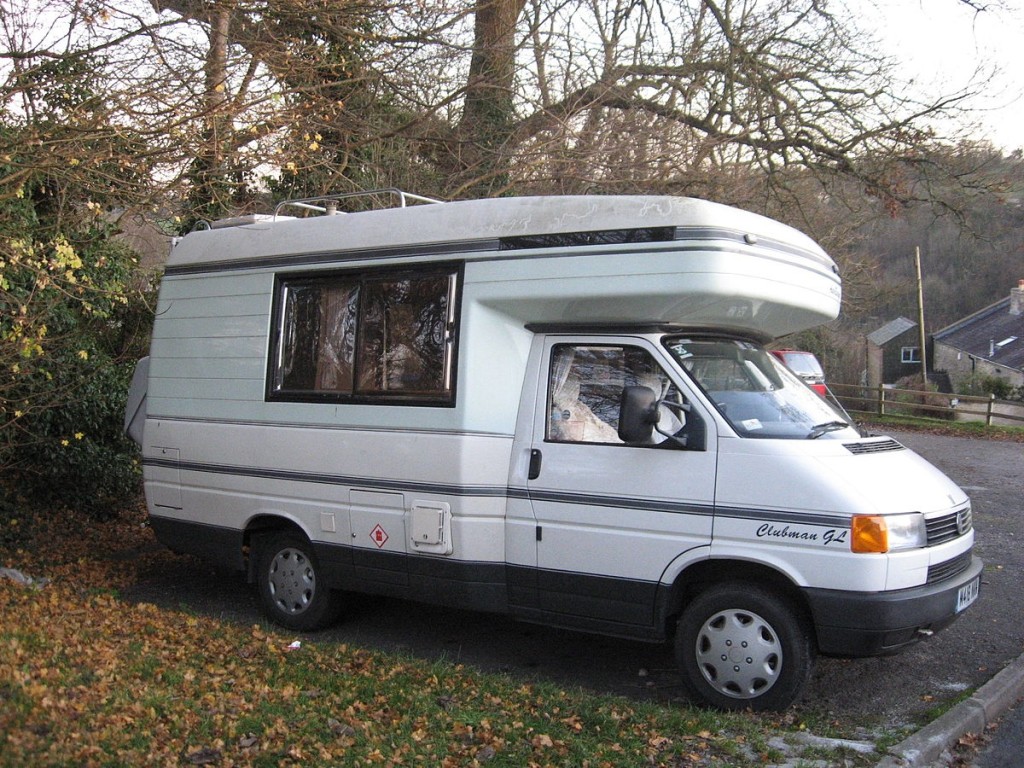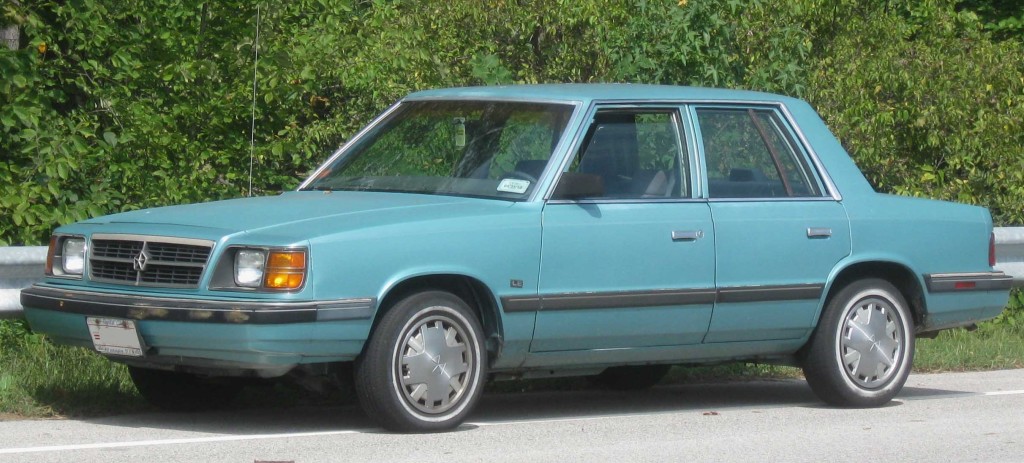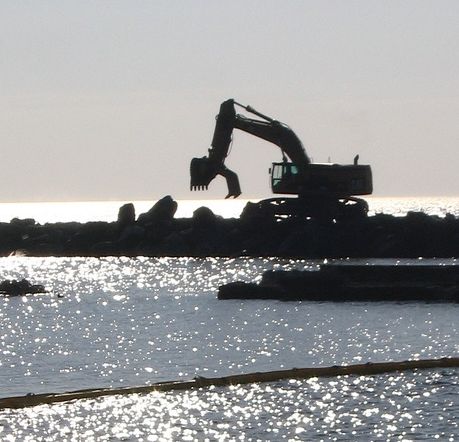Old ways of looking at manufacturing still cling on. I know of many vehicle part suppliers who are still looking for a 300,000 part per year job with a 5 year lifespan to bid on. On the other side of the table is the OEM manufacturers who cannot find suppliers to build the multi- flavored parts for their 30,000 per year models at the high volume price they expect. The challenge is still capital investment. The historic production equipment concepts that were optimized to produce identical parts at rapid rate. just don’t match the current market demand. This viewpoint puts all of the foot dragging on the part supplier side. The OEM manufactures who wish to purchase competitively price parts, must also tune their designs to minimize the cost of tooling the new generation. This is especially true in an era where the marketplace is demanding a radially different product. Massive amounts of capital investment are needed to create radically different product.
Tesla is the #1 value US car company using market capitalization as the measure. This investor assessment has occurred even though the model S sells at an estimated $4000 per vehicle loss even at its high price. I am not surprised. In my small world, they asked if I knew of a supplier who could sell them a sand cast gear case at a cost that would apply to a high volume case. Could not help them. A high volume low cost gear case has a different design that requires retesting.
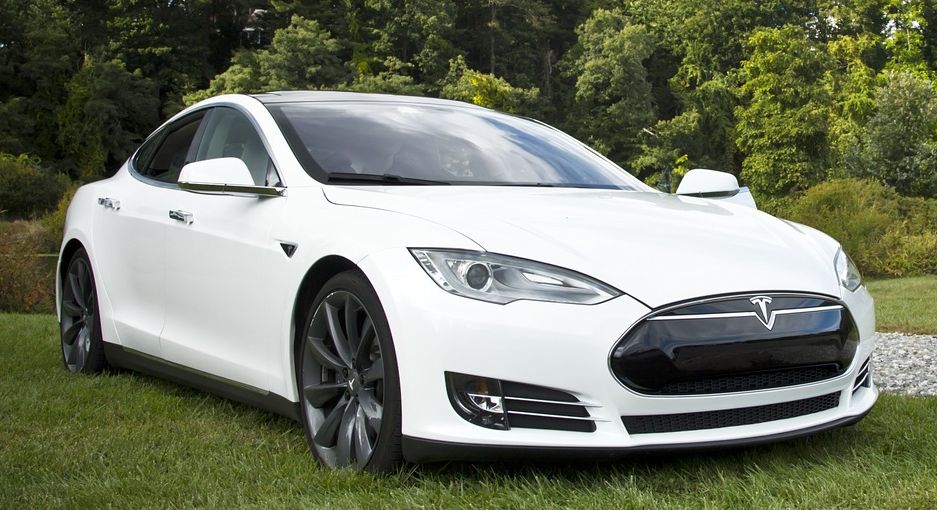 The real test is whether they can pull off a high volume model at mass market pricing.
The real test is whether they can pull off a high volume model at mass market pricing.No, the correct solution to this problem does not involve moving production to Asia. A subsidized selling price, as a ruse to steal your manufacturing technology, is a very short sighted solution.
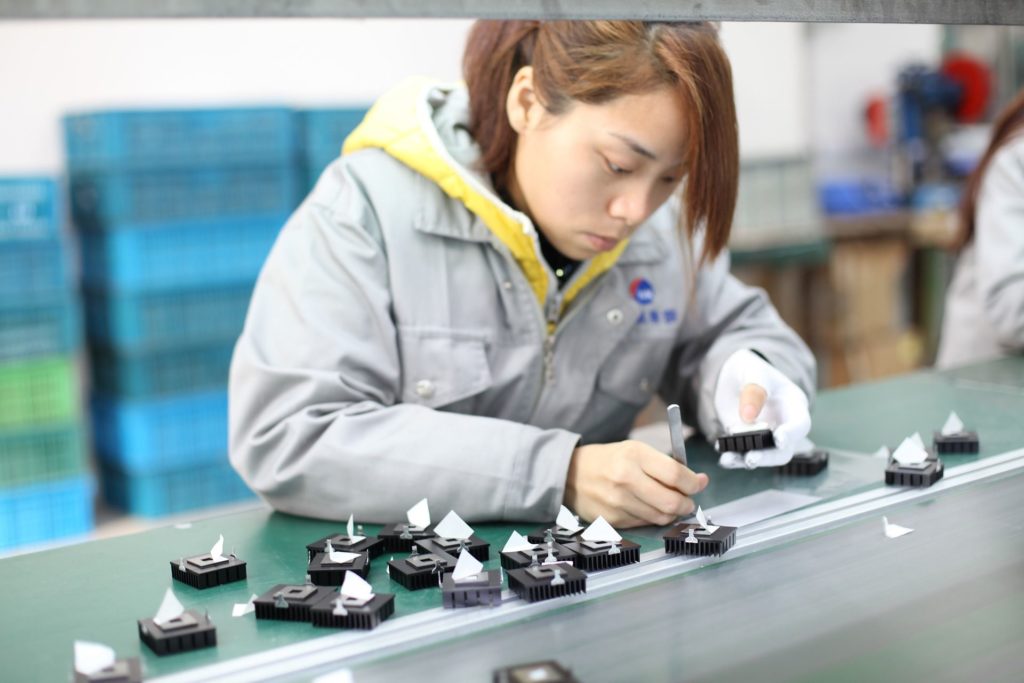 The savvy planners take advantage of the programmed flexibility within the new generation of manufacturing equipment. Segeo Shingo asserted when he explained his SMED (Single Miniute Exchange of Die) concept. “You will not be tempted to build inventory if you can change from manufacturing one flavor to the next in less than a minute” As I began this post talking about our historical bias, we all picture swapping massive stamping dies in and out of a press. The reality as it exist in the new vehicle parts that I am launching, involves program swaps in the computer controlled 3D printers and welding robots. Yes, SMED applies. The production equipment switches from one part flavor to the next in less than a minute. It is now a software swap instead of a 30 ton die swap. The vehicle design and business plan must evolve to match. It is only possible to invest in the new generation of production equipment if multiple part volume is bundled into packages that represent enough sales volume to fund the purchase of equipment that flexibly makes them all.
The savvy planners take advantage of the programmed flexibility within the new generation of manufacturing equipment. Segeo Shingo asserted when he explained his SMED (Single Miniute Exchange of Die) concept. “You will not be tempted to build inventory if you can change from manufacturing one flavor to the next in less than a minute” As I began this post talking about our historical bias, we all picture swapping massive stamping dies in and out of a press. The reality as it exist in the new vehicle parts that I am launching, involves program swaps in the computer controlled 3D printers and welding robots. Yes, SMED applies. The production equipment switches from one part flavor to the next in less than a minute. It is now a software swap instead of a 30 ton die swap. The vehicle design and business plan must evolve to match. It is only possible to invest in the new generation of production equipment if multiple part volume is bundled into packages that represent enough sales volume to fund the purchase of equipment that flexibly makes them all.

